The foundation is the most important part of your home’s structure. When it becomes damaged, the rest of the house can begin to show signs of stress, sometimes in obvious ways and sometimes in subtle ones. Understanding the early warning signs of foundation trouble can help you take action before the damage becomes severe or costly.
If you’re looking for professional support, reach out to a foundation repair contractor san diego for expert guidance tailored to your property and soil conditions.
To learn more about home foundations and why they matter, you can also check out the Structural Design of Foundations.
Why Foundation Damage Happens
Knowing why foundations fail helps you understand how to spot trouble early and potentially avoid it altogether.
Natural Settling
Most homes experience minor settling over time. But if the soil shifts unevenly, your foundation may crack or tilt. Older homes are especially prone to settlement due to long-term soil erosion or shifting.
Water Saturation or Drought
Excessive water can erode the soil, while drought can cause it to shrink. Both conditions create instability under your foundation. Heavy rainfall followed by long dry periods is a common cycle that stresses the structure.
Poor Construction or Materials
Foundations that were not properly built or reinforced may show signs of wear much sooner than expected. Substandard concrete mixes or inadequate steel reinforcement can accelerate damage.
Warning Signs You Shouldn’t Ignore
Not all damage is immediately visible. However, there are common indicators that point to foundation issues.
Cracks in Walls or Floors
Look for cracks that grow over time, especially diagonal or stair-step cracks in brick or drywall. These can signal movement that needs professional evaluation.
Doors and Windows That Stick
If your doors or windows suddenly become hard to open or close, it could be a sign that the frame is shifting. This often happens gradually, so pay attention to changes over several weeks or months.
Uneven or Sloping Floors
Walk slowly across the room. If the floor dips or slopes, it could be due to a sinking foundation. Use a marble or level tool to confirm the slope.
Gaps or Separation
Gaps between walls and ceilings or baseboards pulling away from the wall are key warning signs. This visual cue often means structural shifts beneath the surface.
Exterior Clues That Suggest Foundation Issues
Don’t forget to walk around the outside of your home as well. The exterior often reveals signs that the interior might hide.
Cracks in the Exterior
Vertical or horizontal cracks in the concrete or brickwork are a red flag. They may appear near corners or windows.
Separation From Porch or Steps
If your front steps or porch are pulling away from the house, this may be due to shifting beneath the foundation. It also creates tripping hazards.
Standing Water Around the Base
Pooled water near the base of your home suggests poor drainage, which can weaken your foundation over time. Check gutters and downspouts regularly.
What to Do if You See the Signs
Early action can save you thousands in repairs.
Document the Damage
Take clear photos of the cracks or other symptoms. Note any changes over time. A repair professional will appreciate having this visual history.
Schedule a Professional Inspection
Bring in a qualified foundation repair contractor to evaluate the situation. They can confirm whether the signs you see are serious and recommend the right solution.
Don’t Delay Repairs
Small foundation problems can worsen quickly. Waiting may lead to bigger issues such as water damage, structural instability, or even decreased home value.
How Repairs Are Done
Understanding the repair process can help you feel more confident moving forward.
Crack Sealing
Hairline or minor cracks can often be sealed with epoxy or polyurethane foam to prevent moisture entry. These materials restore the integrity of the surface.
Piering and Lifting
If your foundation has sunk or settled unevenly, steel piers may be used to stabilize and lift it back into place. This process requires specialized equipment and is best handled by experienced contractors.
Drainage Improvements
Installing or improving gutters, downspouts, and grading around the home helps protect against future issues. Water should always be directed away from your foundation.
A Real-Life Example
A homeowner in central noticed small cracks forming near their kitchen windows. At first, they thought it was just cosmetic drywall damage. But within six months, the cracks grew larger and the floor in one corner began to slope.
They contacted Better Foundation Repair for an inspection. The team found that excessive summer drought followed by heavy winter rain had caused the soil to shift dramatically. Using piering methods and foam crack sealing, the company stabilized the home and prevented future damage.
This case demonstrates how early detection and engagement with a reliable contractor can prevent minor issues from escalating into major problems.
FAQs About Foundation Repair
How much does foundation repair cost?
Costs vary based on severity. Minor crack sealing might cost a few hundred dollars, while major structural repair could run into the thousands.
Does homeowners’ insurance cover foundation repair?
It depends on the policy and the cause of damage. Most insurers do not cover repairs from settling or poor maintenance, but may cover sudden, accidental causes.
Can I live in my home during repairs?
Yes, in most cases. Your contractor will let you know if temporary relocation is recommended.
Conclusion
If you’re seeing signs of foundation trouble—cracks, sloping floors, sticking doors—it’s time to take a closer look. Catching problems early helps you avoid expensive repairs and keeps your home safe and structurally sound.
For trusted guidance and service, contact Better Foundation Repair San Diego. Their experienced team can assess your home and offer long-lasting solutions from a skilled foundation repair contractor.

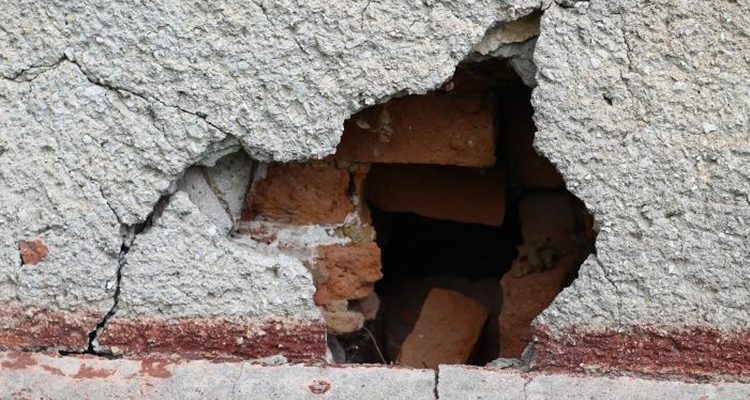
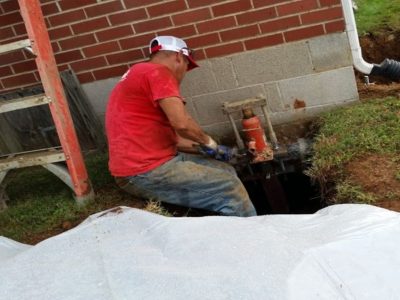
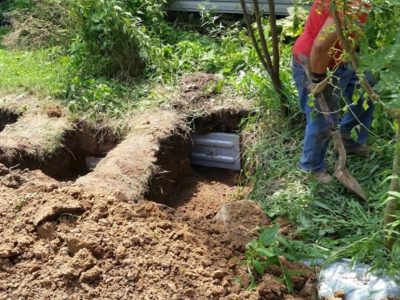
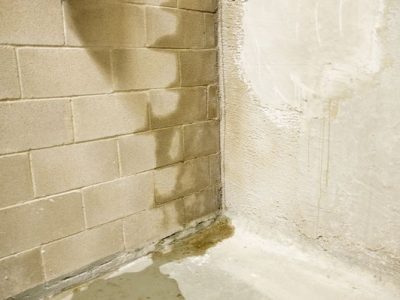
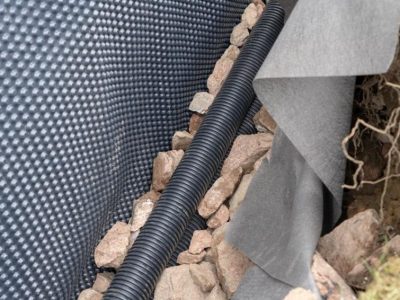


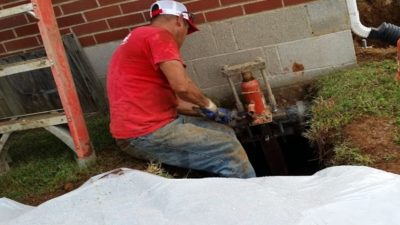
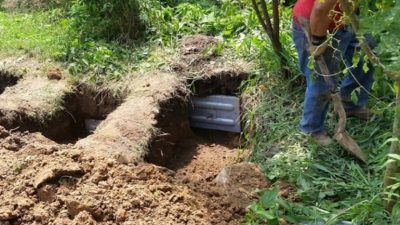
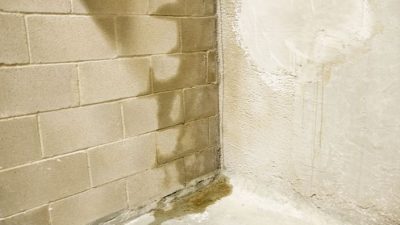
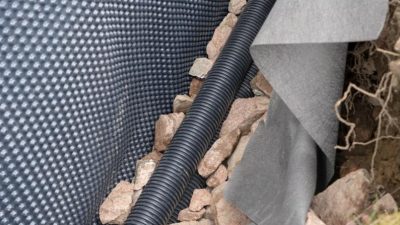

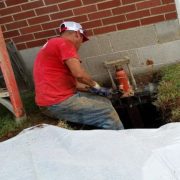
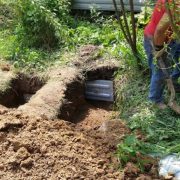
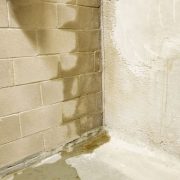
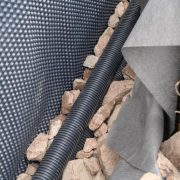

Comments